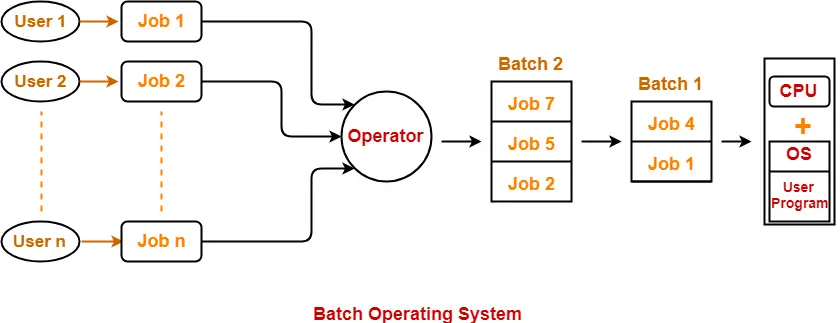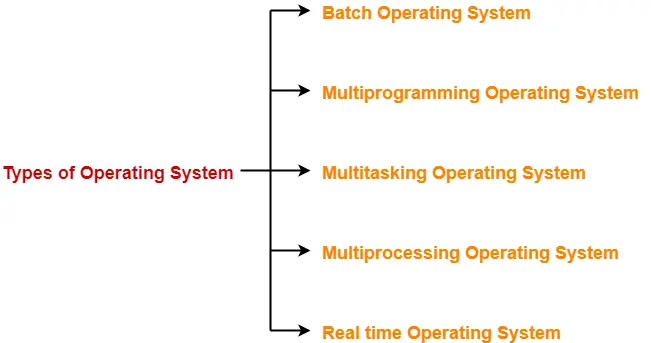A Process Control Block is a data structure maintained by the Operating System
for every process. The PCB is identified by an integer process ID (PID). A PCB
keeps all the information needed to keep track of a process as listed below:
Process State: The current state of the process i.e., whether it is ready, running,
waiting, or whatever.
Process privileges: This is required to grant/deny access to system resources.
Process ID: Unique identification for each of the process (PID) and also having
Parent Process ID i.e. PPID in the operating system.
Pointer: A pointer to parent process
CPU Registers: Values in different CPU registers while a process is running.
Program Counter: points to next instruction of a process to be executed.
CPU Scheduling Information: Process priority and other information required for
scheduling a process.
Memory Management Information: This includes the information of page table,
memory limits, Segment table etc. depending on memory used by the operating
system.
Accounting information: This includes the amount of CPU used for process
execution, time limits, execution ID etc.
List of open files: contains those files handles which are opened for a process.
I/O Status Information: This includes a list of I/O devices allocated to the
process.
for every process. The PCB is identified by an integer process ID (PID). A PCB
keeps all the information needed to keep track of a process as listed below:
Process State: The current state of the process i.e., whether it is ready, running,
waiting, or whatever.
Process privileges: This is required to grant/deny access to system resources.
Process ID: Unique identification for each of the process (PID) and also having
Parent Process ID i.e. PPID in the operating system.
Pointer: A pointer to parent process
CPU Registers: Values in different CPU registers while a process is running.
Program Counter: points to next instruction of a process to be executed.
CPU Scheduling Information: Process priority and other information required for
scheduling a process.
Memory Management Information: This includes the information of page table,
memory limits, Segment table etc. depending on memory used by the operating
system.
Accounting information: This includes the amount of CPU used for process
execution, time limits, execution ID etc.
List of open files: contains those files handles which are opened for a process.
I/O Status Information: This includes a list of I/O devices allocated to the
process.



